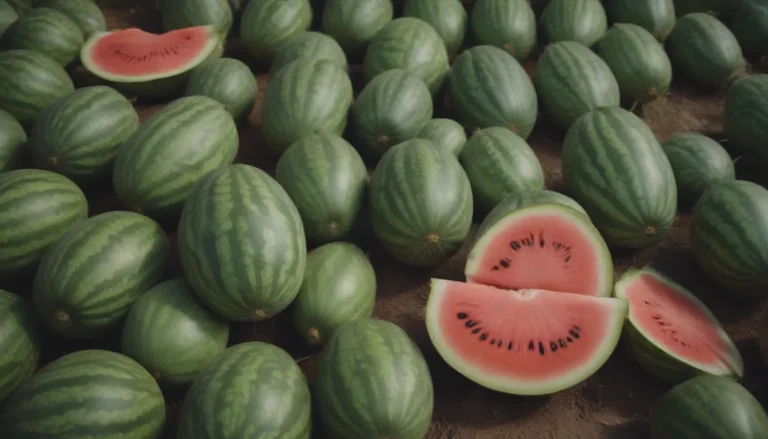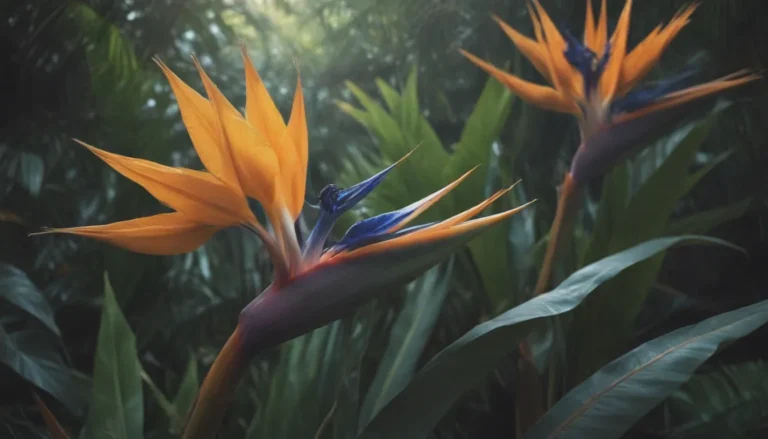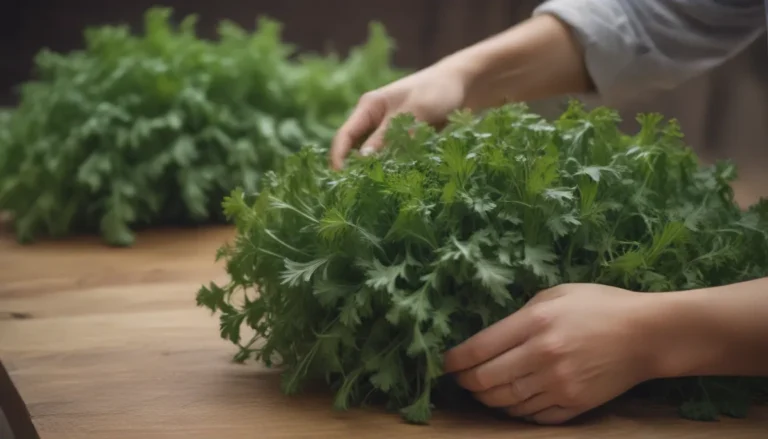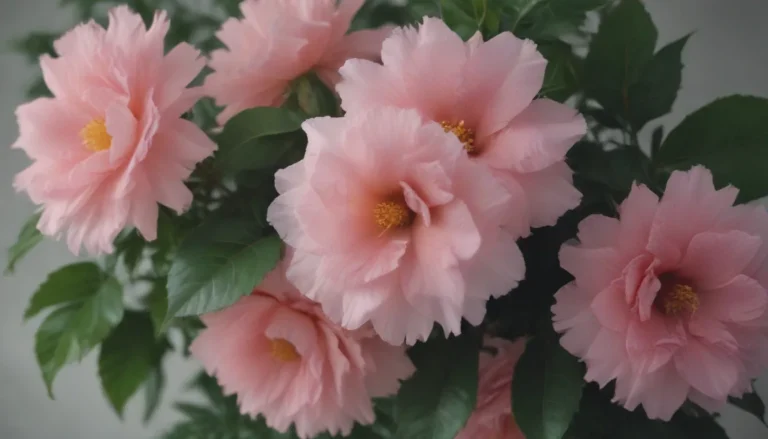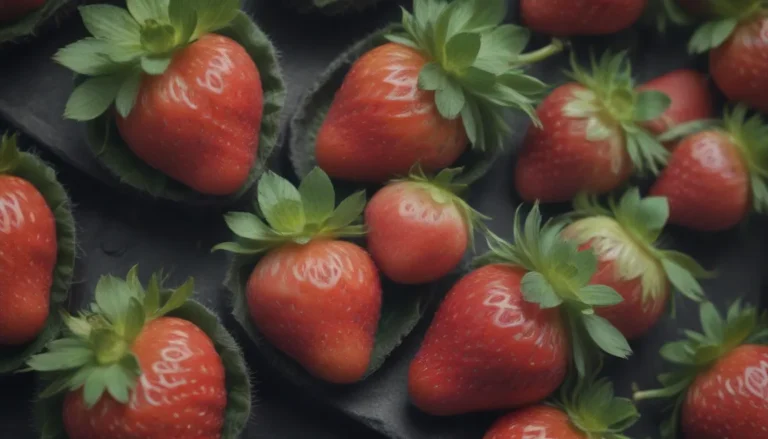The Ultimate Guide to Growing and Caring for Butterfly Weed

If you’re looking to attract beautiful insects like butterflies to your garden, butterfly weed is the perfect plant for you! This herbaceous perennial is not only easy to nurture but also adds a pop of vibrant color to any space. Whether you have a green thumb or are new to gardening, butterfly weed is a must-have addition to your outdoor oasis.
What is Butterfly Weed?
Butterfly weed, also known as Asclepias tuberosa, is a type of milkweed that can be found growing in various untamed environments such as meadows, prairies, and forest clearings. This clump-forming perennial grows from tuberous roots to a height of one to two feet. It is characterized by glossy-green, lance-shaped leaves and clusters of bright orange-to-yellow blooms that are rich with nectar and pollen.
Why Plant Butterfly Weed?
- Attracts a variety of helpful insects like butterflies to the garden
- Adds vibrant color with its striking orange-to-yellow blooms
- Low maintenance and easy to grow
How to Care for Butterfly Weed
Planting
- Plant butterfly weed in late spring after the soil has warmed up
- Slow to become established and may take up to three years to flower
- Does well in full sun and various soil conditions, preferring neutral to slightly acidic pH (6.0 to 7.0)
Watering
- Keep the soil moist during the first year of growth
- Once established, water occasionally as butterfly weed prefers dry soil
- Mature plants can thrive with just monthly watering in most climates
Temperature and Humidity
- Thrives in zones 3 to 9
- Emerges in late spring, blooms during summer, and dries on the stem in autumn and winter
- Handles high humidity and arid climates well with adequate soil moisture
Fertilizing
- Butterfly weed is low-maintenance and does not require additional fertilization
- Avoid fertilizing as it can harm the plant and reduce blooms
Pruning
- Cut back butterfly weed to the ground ahead of winter season
- Look for yellowing leaves and drying stems as signs of dormancy
- Pruning helps control self-seeding and encourages new growth in spring
Types of Butterfly Weed
Popular Cultivars
- ‘Hello Yellow’
- ‘Gay Butterflies’
- ‘Western Gold Mix’
Propagating Butterfly Weed
Growing from Seed
- Plant fresh seeds in fall for growth in spring
- Allow established plants to self-seed or manually plant new seeds
- Cold stratification may be needed if starting seeds indoors
Overwintering
- Cut off plant stems near ground level in fall or early winter
- Avoid mulching over root crowns to prevent rot
- Overwintering is simple and helps the plant survive colder temperatures
Common Pests and Diseases
- Butterfly weed is usually trouble-free but can suffer from root rot in dense, wet soils
- Susceptible to fungal diseases like rust and leaf spots, generally cosmetic and not fatal
- Serve as a host plant to butterflies, expect leaves to be eaten, do not use pesticides
How to Encourage Blooms
- Butterfly weed blooms from June to August
- Water regularly until new growth appears, avoid fertilizing
- Deadhead spent flowers to promote continuous blooming
Common Problems and Solutions
Self-Seeding
- Remove seed pods before they burst to prevent self-seeding
- Volunteer plants should be removed to control growth
Rabbit Damage
- Butterfly weed is attractive to rabbits, use repellants or fencing to protect plants
- Remove volunteer plants to prevent self-seeding and overgrowth
Butterfly Weed vs. Common Milkweed
While butterfly weed and common milkweed are both valuable plants for attracting butterflies and pollinators, there are some key differences between the two:
– Butterfly weed has orange blooms, while common milkweed has white or pink/mauve flowers
– Common milkweed is toxic, while butterfly weed has mild toxicity
– Monarch butterflies prefer common milkweed over butterfly weed
In conclusion, butterfly weed is a beautiful and beneficial addition to any garden. With proper care and maintenance, this vibrant perennial will attract butterflies and other beneficial insects while adding a touch of color to your outdoor space. So, why not add butterfly weed to your garden today and watch as it transforms into a haven for winged visitors.
